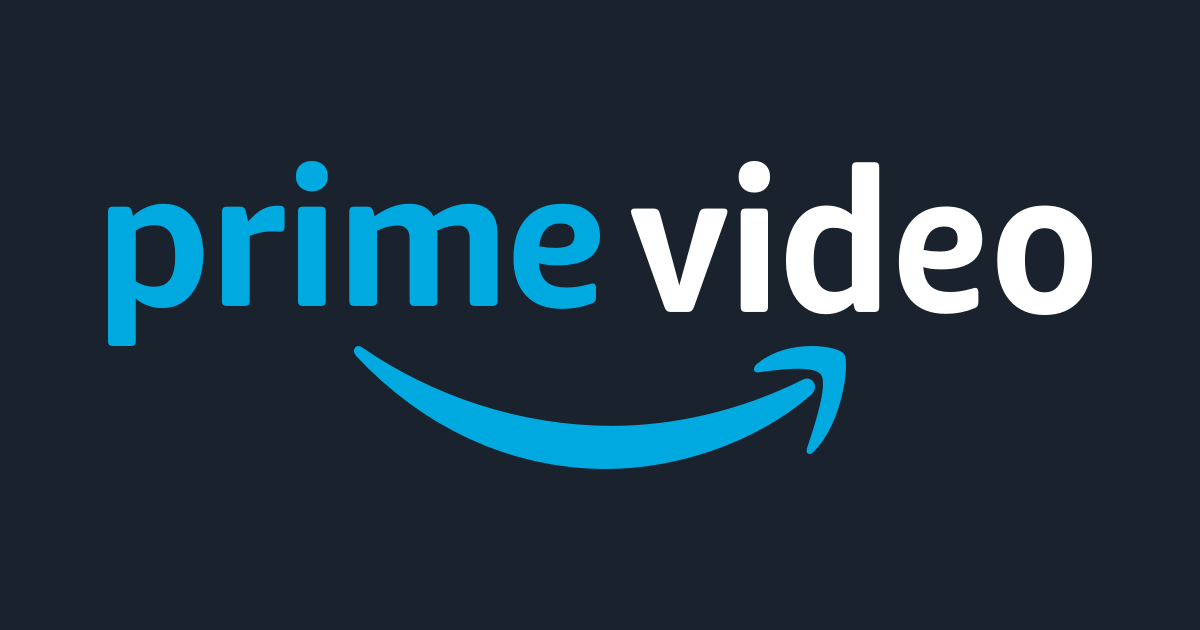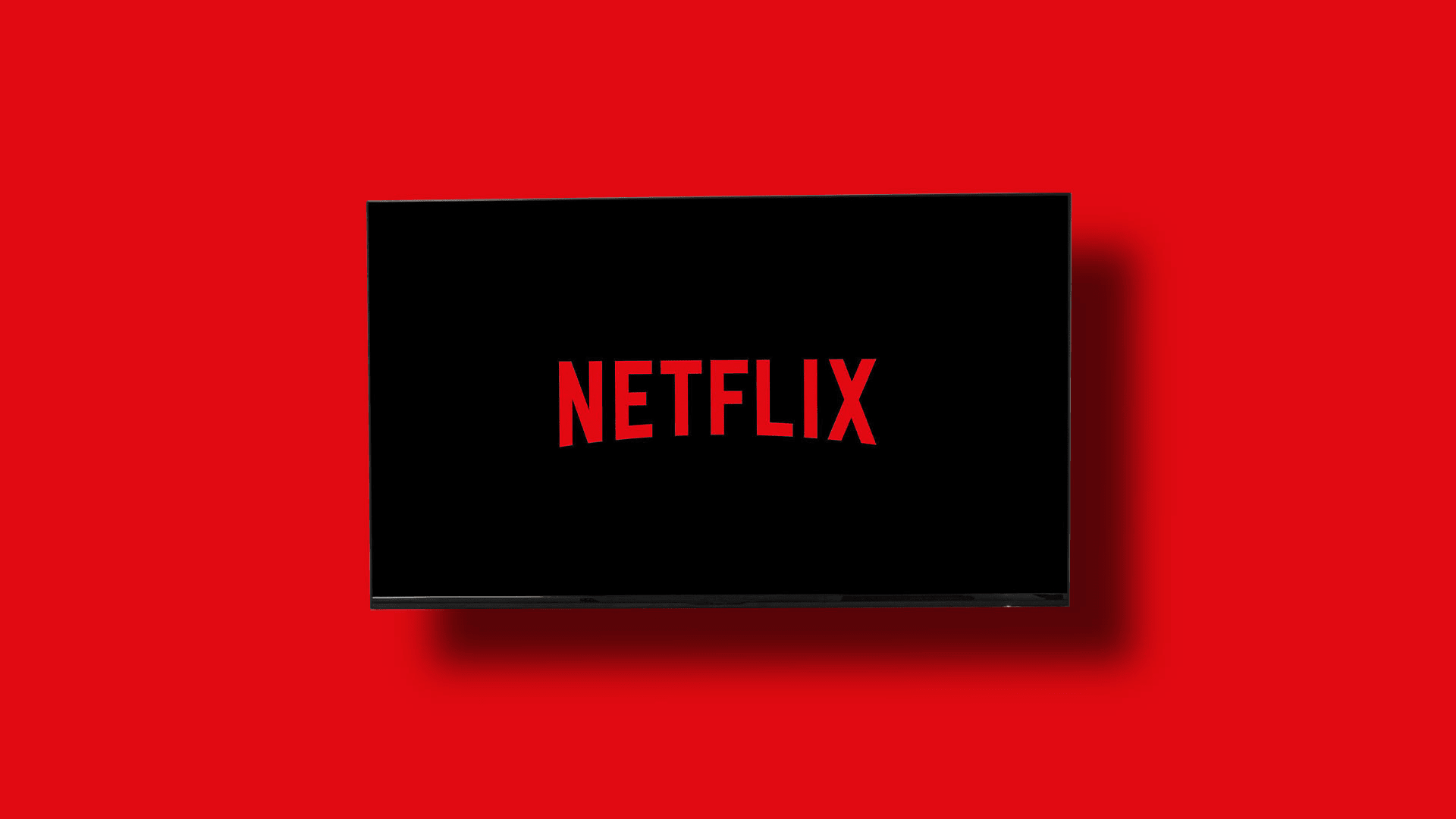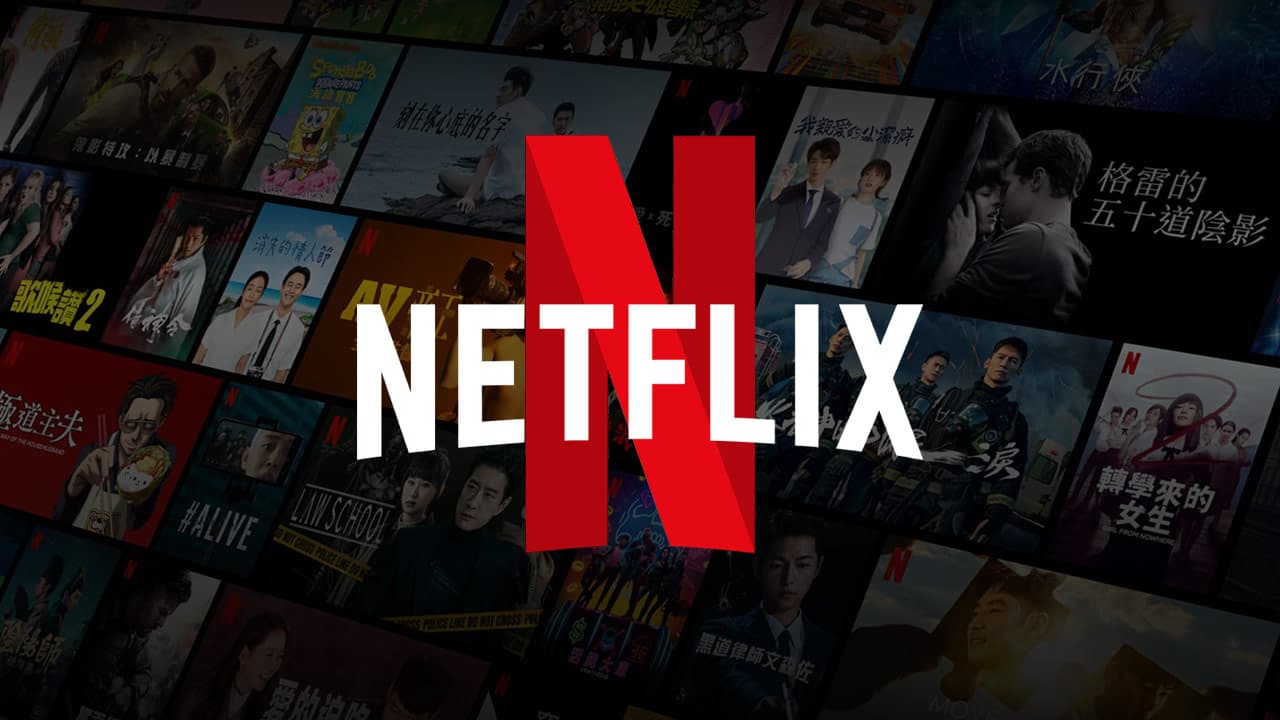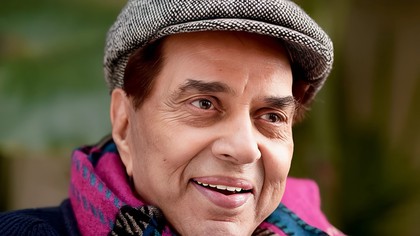The Indian OTT landscape is no longer what it once promised to be. What was once a clean divide between free, ad-supported content and premium, uninterrupted streaming is now murky and frustrating. Platforms like Prime Video and JioHotstar, once trusted for their quality and simplicity, have begun placing ads even in their paid subscriptions. And now, users are left wondering whether Netflix, currently the only major player offering a truly ad-free experience in India, will eventually follow the same path.

Prime Video was the first big shock. In June 2025, Indian subscribers started seeing ads despite holding annual memberships. The only escape is an additional ₹699 top-up, just to reclaim what users thought they already paid for. Meanwhile, JioHotstar’s plans are so layered that even Premium users report spotting ads during their viewing sessions. And the problem is not just about pricing confusion or plan names, it is about betrayal of expectations.
Netflix, so far, remains the exception. For now, subscribers in India continue to enjoy uninterrupted viewing, no pop-ups, no forced breaks, no fake skip buttons. But as the platform rolls out global strategies around AI-inserted ads within content by 2026, it is hard to ignore the writing on the wall. Sooner or later, this could reach India.
But the bigger concern is whether Netflix can continue to justify its price without consistently delivering hits in India. Over the past two years, the streamer has had its highs with shows like Guns & Gulaabs, The Railway Men, and Kota Factory. But there have been just as many lows. Several big-budget Indian originals failed to leave a cultural impact or spark significant engagement. Rana Naidu Season 2 is one such example that disappeared almost as quickly as it arrived.

In a country where audiences demand either massy regional content or emotionally grounded storytelling, Netflix’s more global-toned Indian offerings have often felt disconnected. And with inconsistent originals, many Indian users find it hard to justify paying a premium fee, even if it means watching without ads.
That gap between what users pay for and what they feel they are getting is being widened even further by the ad invasion. According to a 2024 Moloco and YouGov study, 41 percent of Indian users cancelled a streaming subscription specifically because of ads. That number is only expected to grow, especially as platforms continue chasing advertisers instead of viewers.
The real threat is not just to subscriber loyalty but to the entire OTT model. As platforms push ads, users are increasingly turning toward pirated streams, which not only offer zero interruptions but also cost nothing. The irony is cruel. By trying to monetise more aggressively, platforms may be digging their own graves. Reduced satisfaction leads to more churn, which leads to more ads, and eventually more people abandoning platforms altogether.
Unless OTT platforms, including Netflix, rethink their approach and balance revenue with user experience, India’s streaming space could shift from being a digital revolution to a cautionary tale. For now, Netflix may be the last safe haven. But even that peace feels temporary.
For more updates on the OTT world, follow Binge Moves on Instagram and Facebook.











